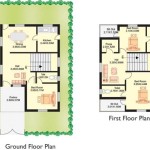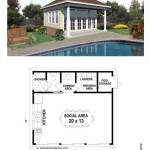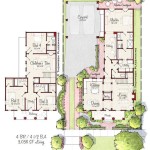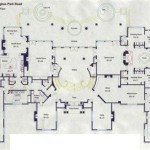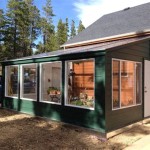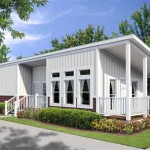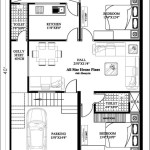Secure Home Plans: Designing for Safety and Peace of Mind
Home security is a paramount concern for homeowners. A well-designed secure home plan incorporates various elements, from physical security measures to smart home technology integration, to create a safe and protected environment. These plans consider potential vulnerabilities and implement strategies to mitigate risks, offering residents peace of mind.
The foundation of a secure home plan begins with the architectural design. Careful consideration of window placement, door construction, and landscaping can significantly deter potential intruders. Minimizing easily accessible windows on the ground floor and opting for reinforced doors with robust locking mechanisms are essential first steps. Landscaping can also contribute to security by limiting hiding spots with strategically placed thorny bushes or bright, motion-activated lighting.
Perimeter security is another crucial aspect of a comprehensive secure home plan. This involves establishing a clear boundary around the property and implementing measures to control access. Fencing, while not foolproof, acts as a visual deterrent and can slow down intruders. The type of fencing chosen, whether solid or see-through, depends on individual preferences and local regulations. Furthermore, incorporating security lighting along the perimeter, particularly motion-activated lights, illuminates potential threats and discourages unwanted activity.
Modern secure home plans often integrate smart home technology to enhance security measures. Smart locks allow for keyless entry and remote monitoring, providing homeowners with greater control over access. Security cameras, strategically placed around the property, provide real-time surveillance and can record activity for later review. These recordings can be invaluable in the event of a break-in, providing evidence for law enforcement. Furthermore, smart home security systems can be integrated with professional monitoring services, offering an added layer of protection.
Beyond the physical and technological aspects, secure home plans also address emergency preparedness. A well-defined escape plan is crucial in case of fire or other emergencies. This plan should include designated escape routes from each room and a predetermined meeting point outside the house. Regularly practicing the escape plan with all household members ensures familiarity and can save valuable time in a crisis.
Neighborhood watch programs can significantly contribute to overall home security. These programs encourage community members to look out for each other and report suspicious activity. Participating in a neighborhood watch fosters a sense of community and creates a network of vigilant residents, working together to deter crime.
Maintaining a secure home requires ongoing vigilance and proactive measures. Regularly testing security systems, ensuring software is updated, and replacing worn-out equipment are essential for maintaining optimal performance. Additionally, periodically reviewing and updating the security plan itself, considering any changes in lifestyle or potential new vulnerabilities, ensures the plan remains effective and relevant.
Professional security consultations can provide valuable insights and recommendations for enhancing home security. Security professionals can assess the property, identify potential weaknesses, and suggest tailored solutions to address specific needs. These consultations can offer homeowners a comprehensive understanding of their security posture and help them implement effective strategies for improving safety.
Insurance considerations are also integral to a comprehensive secure home plan. Homeowners insurance policies often provide coverage for losses resulting from theft or damage. Understanding the specifics of the policy and ensuring adequate coverage is crucial for financial protection. Some insurance companies may offer discounts for homes with specific security features, further incentivizing homeowners to invest in robust security measures.
Building codes and local regulations play a significant role in shaping secure home plans. These regulations often mandate specific safety features, such as smoke detectors, fire alarms, and emergency exits. Adhering to these codes not only ensures compliance but also contributes to the overall safety and security of the home.
Personal safety practices within the home are equally important. Simple habits like locking doors and windows, even when at home, can significantly reduce the risk of intrusion. Being mindful of sharing personal information online and refraining from posting vacation plans on social media can also prevent potential targeting by criminals.
The design and implementation of secure home plans are not static processes. They require continuous evaluation and adaptation to address evolving security threats and technological advancements. By staying informed about current security best practices and incorporating them into the home security plan, homeowners can create a resilient and protected environment for themselves and their families.

Fortified Homes Get A Home At Hardened Structures Inc

Great Floor Plans For Small Houses House Blueprints

Gorgeous House Plan With Sun Room 7049

Fortified Homes Get A Home At Hardened Structures Inc

House Plans For A Post Covid Reality

Secure Homes Bridge Housing

Security Risks And Mitigation Approaches Are Pointed To An Actual Smart Scientific Diagram

Homepage Site Name New House Plans Floor Dream

Modern House Designs

Explore The Latest In Home Security House Designers

